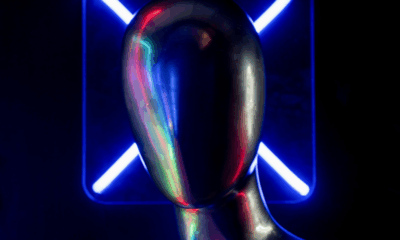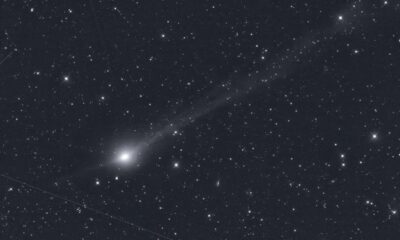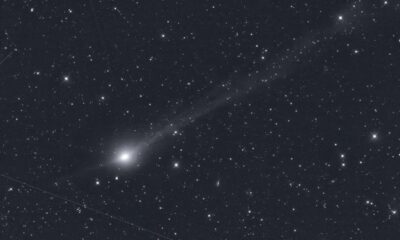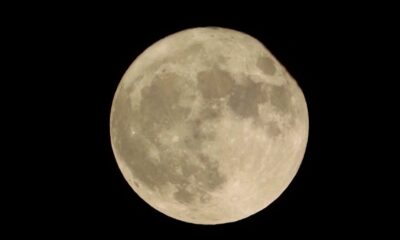Science
Harvard Physicist’s Alien Claims Challenged by New Research
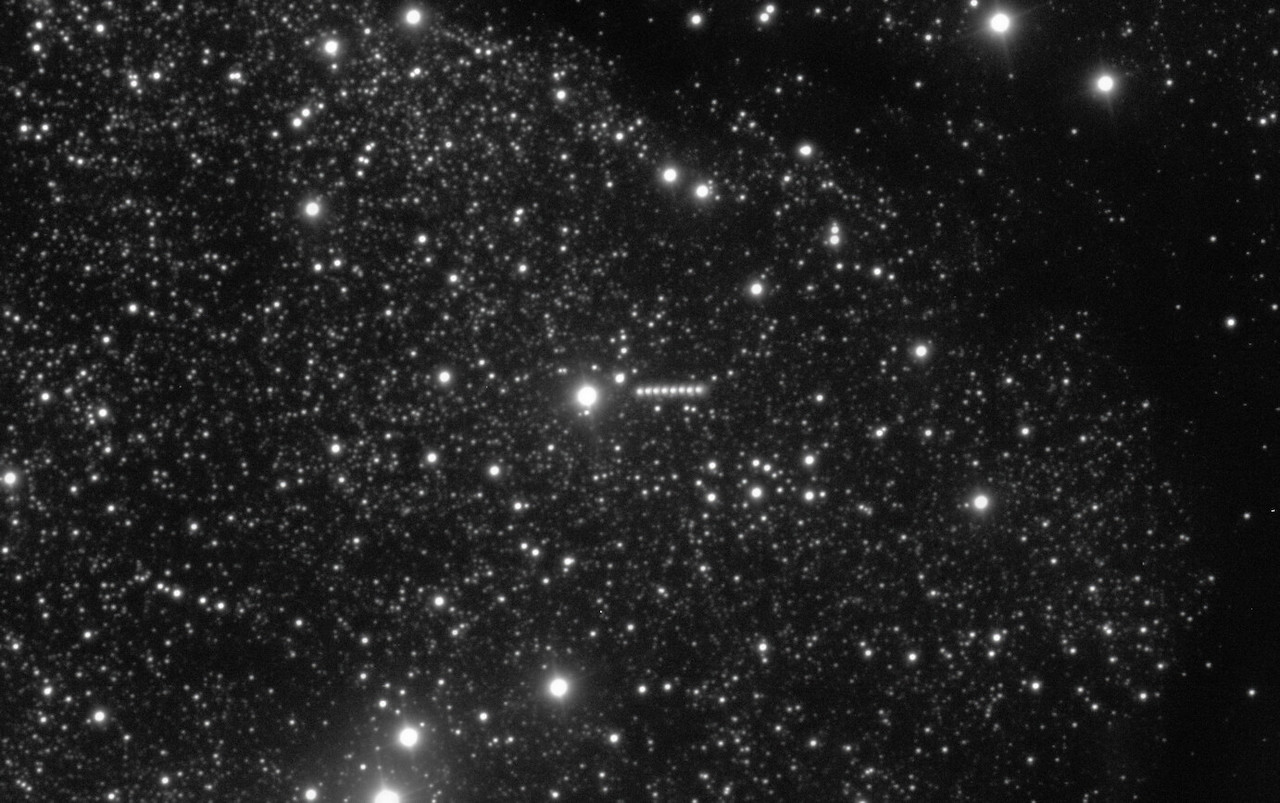
Recent claims by Harvard physicist Avi Loeb suggesting that the interstellar object 3I/ATLAS might be an alien spacecraft have sparked significant debate within the scientific community. According to Loeb, there is a 40% chance that this object, which passed through our Solar System, is not of natural origin. However, new findings from Professor Jason T. Wright of Penn State University challenge this assertion, providing evidence that supports a more conventional explanation.
Data Analysis Points to Natural Origins
Professor Wright’s analysis indicates that 3I/ATLAS exhibits characteristics typical of a comet, including a glowing tail and a dusty coma, which forms as ices sublimate when exposed to solar heat. As the object approaches the Sun, it has demonstrated the ability to eject jets of gas, a common feature of comets that can cause slight changes in trajectory and brightness.
Wright’s findings suggest that the object fits a well-established model of cometary behavior. The phenomena observed, such as the outgassing that alters its brightness and trajectory, align with known cometary activity. Wright humorously points out that Loeb’s own “duck test”—a principle suggesting that if something looks and behaves like a duck, it is likely a duck—applies here. Since 3I/ATLAS behaves like a comet, it is likely a comet.
Scrutinizing the Anomalies
Loeb has identified ten anomalies that he argues support the theory of an alien probe, including a retrograde orbit and an unusual nickel-rich composition. However, Wright and other experts have scrutinized these claims and found many to have natural explanations. For instance, the unusual acceleration noted in 3I/ATLAS can be attributed to the jets of gas, which is a well-documented phenomenon for comets. Additionally, the retrograde orbit is not unusual for an object that has been ejected from its own star system.
“Not every mystery needs an alien answer,” Professor Wright stated, emphasizing the importance of grounding extraordinary claims in scientific evidence.
The link made by Loeb to the Wow! signal—a powerful radio signal detected in 1977—is also viewed by many scientists as a mere coincidence rather than substantive evidence of extraterrestrial technology. This emphasis on statistical anomalies rather than robust evidence raises critical questions about the motivations behind such claims.
While some characteristics of 3I/ATLAS are indeed intriguing, they do not necessarily point to a spacecraft from another civilization. Instead, they suggest a narrative about a cosmic traveler from a distant star system, one that may have a chemical composition quite different from our Solar System.
In essence, 3I/ATLAS serves as a unique scientific artifact, offering a rare opportunity to study the building blocks of another stellar environment. Rather than supporting the idea of alien technology, this comet-like object illustrates the complexities of celestial dynamics and the natural phenomena that govern our universe.
Ultimately, the ongoing debate surrounding 3I/ATLAS reflects a broader tension in the scientific community: should researchers pursue the extraordinary possibility of alien technology or adhere to explanations grounded in natural science? As Professor Wright’s analysis suggests, the latter approach may lead to the most fascinating discoveries. The reality of encountering a simple, yet remarkable, visitor from an alien star could be one of the most compelling stories to emerge from contemporary astronomy.
-

 Entertainment3 months ago
Entertainment3 months agoAnn Ming Reflects on ITV’s ‘I Fought the Law’ Drama
-

 Entertainment4 months ago
Entertainment4 months agoKate Garraway Sells £2 Million Home Amid Financial Struggles
-

 Health3 months ago
Health3 months agoKatie Price Faces New Health Concerns After Cancer Symptoms Resurface
-

 Entertainment3 months ago
Entertainment3 months agoCoronation Street’s Carl Webster Faces Trouble with New Affairs
-

 Entertainment3 months ago
Entertainment3 months agoWhere is Tinder Swindler Simon Leviev? Latest Updates Revealed
-

 World2 weeks ago
World2 weeks agoBailey Announces Heartbreaking Split from Rebecca After Reunion
-

 Entertainment2 weeks ago
Entertainment2 weeks agoCoronation Street Fans React as Todd Faces Heartbreaking Choice
-

 Entertainment4 months ago
Entertainment4 months agoMarkiplier Addresses AI Controversy During Livestream Response
-

 Science1 month ago
Science1 month agoBrian Cox Addresses Claims of Alien Probe in 3I/ATLAS Discovery
-

 Health5 months ago
Health5 months agoCarol Vorderman Reflects on Health Scare and Family Support
-

 Entertainment4 months ago
Entertainment4 months agoKim Cattrall Posts Cryptic Message After HBO’s Sequel Cancellation
-

 Entertainment3 months ago
Entertainment3 months agoOlivia Attwood Opens Up About Fallout with Former Best Friend

